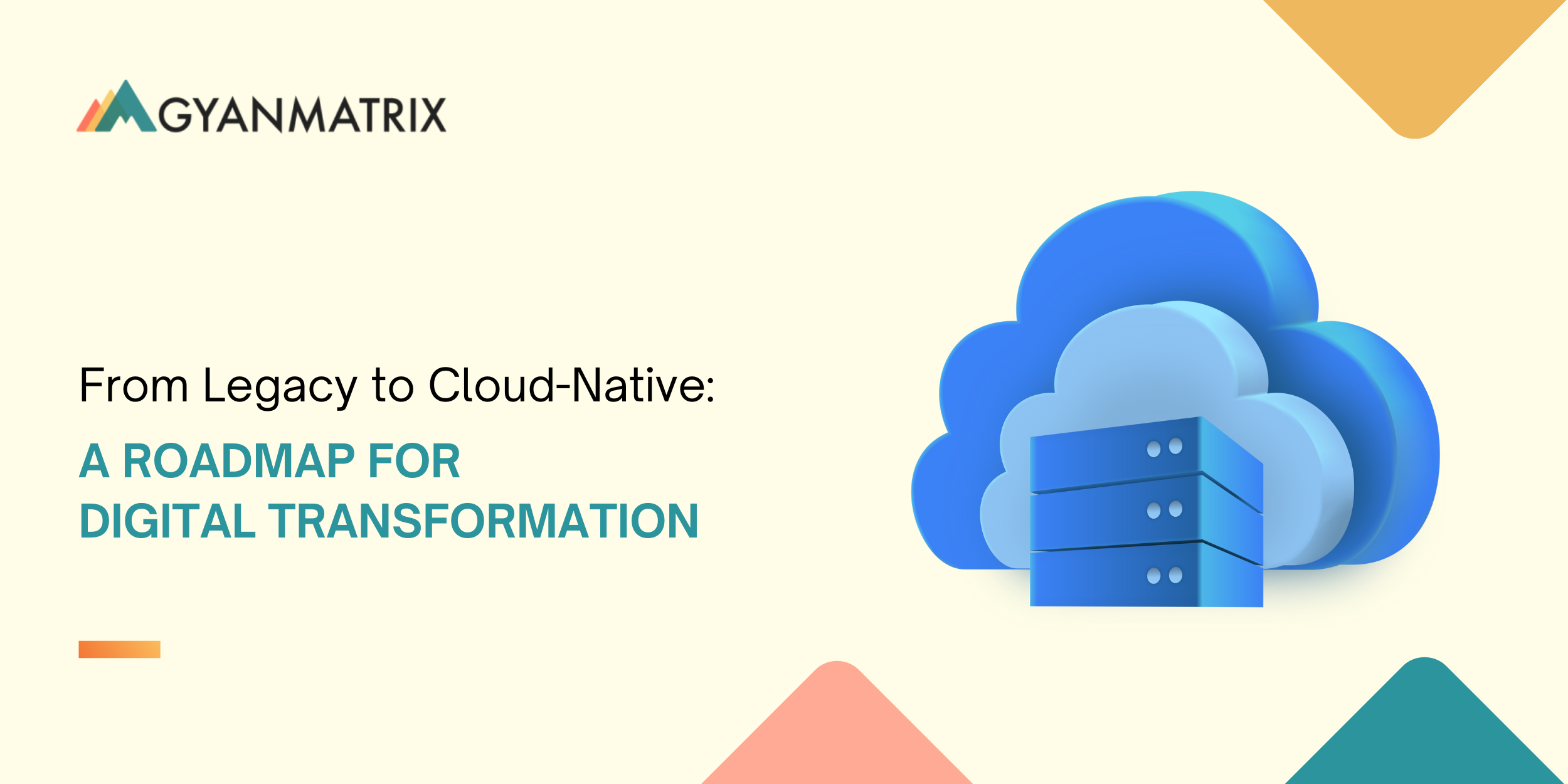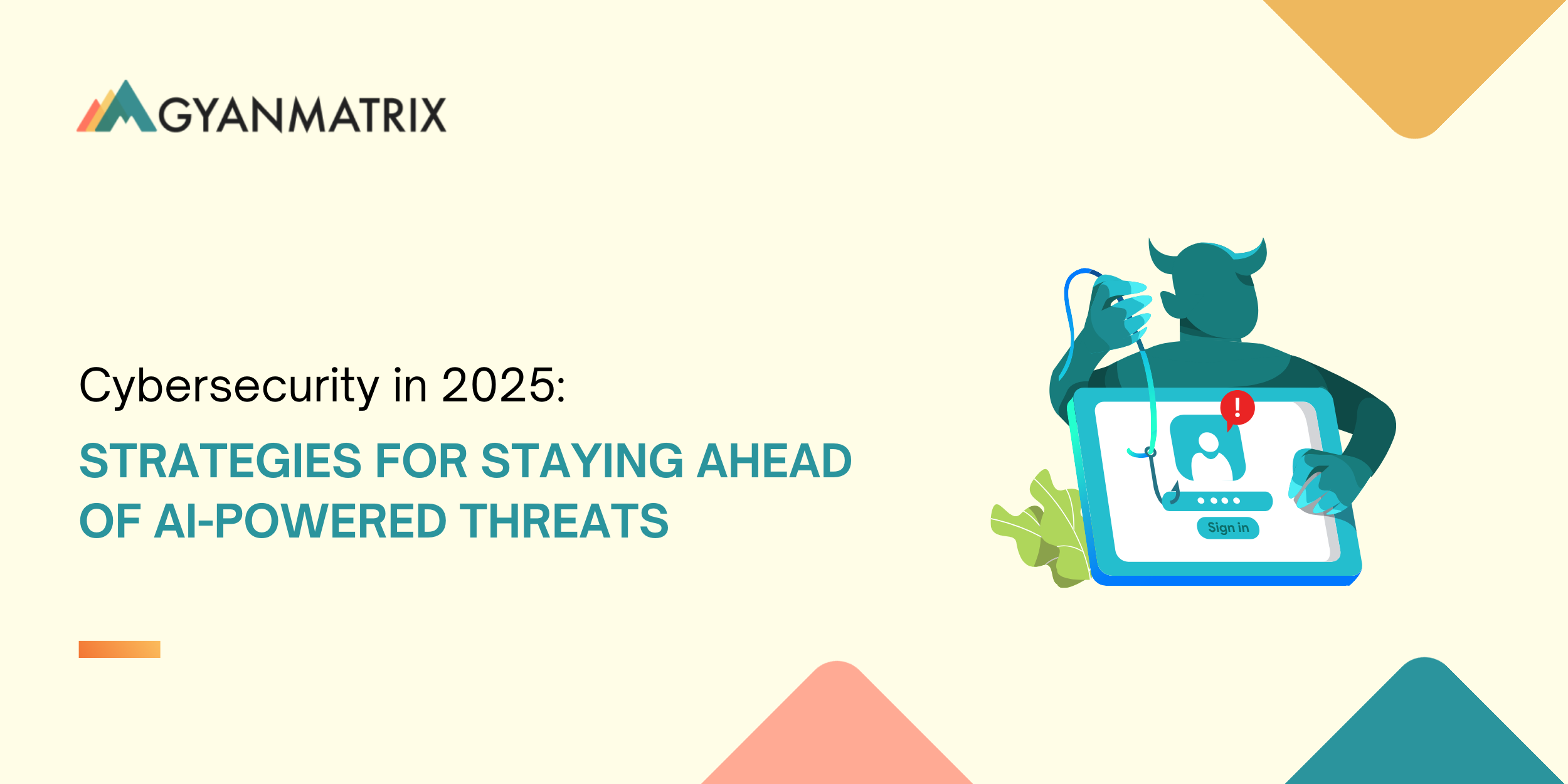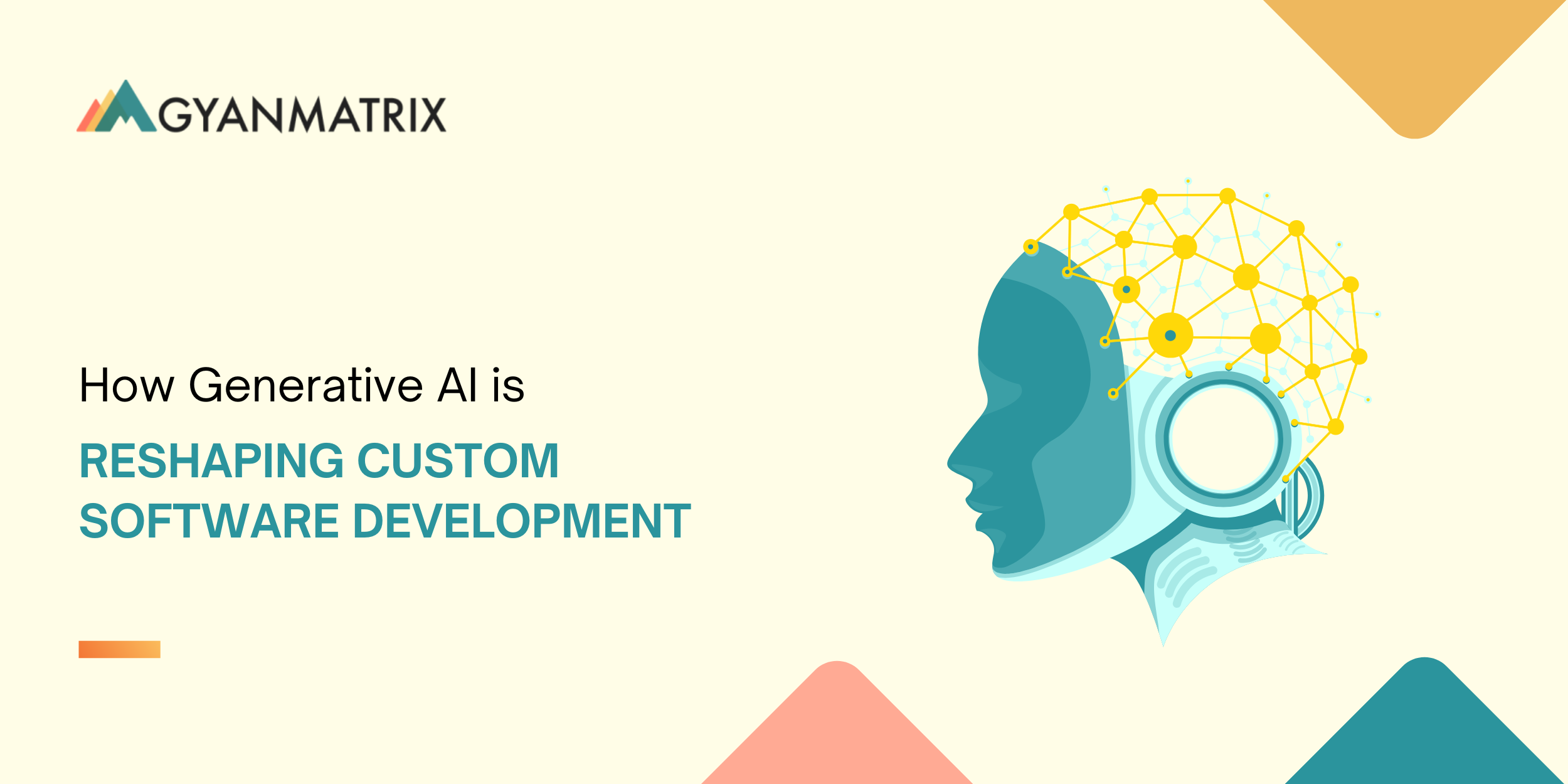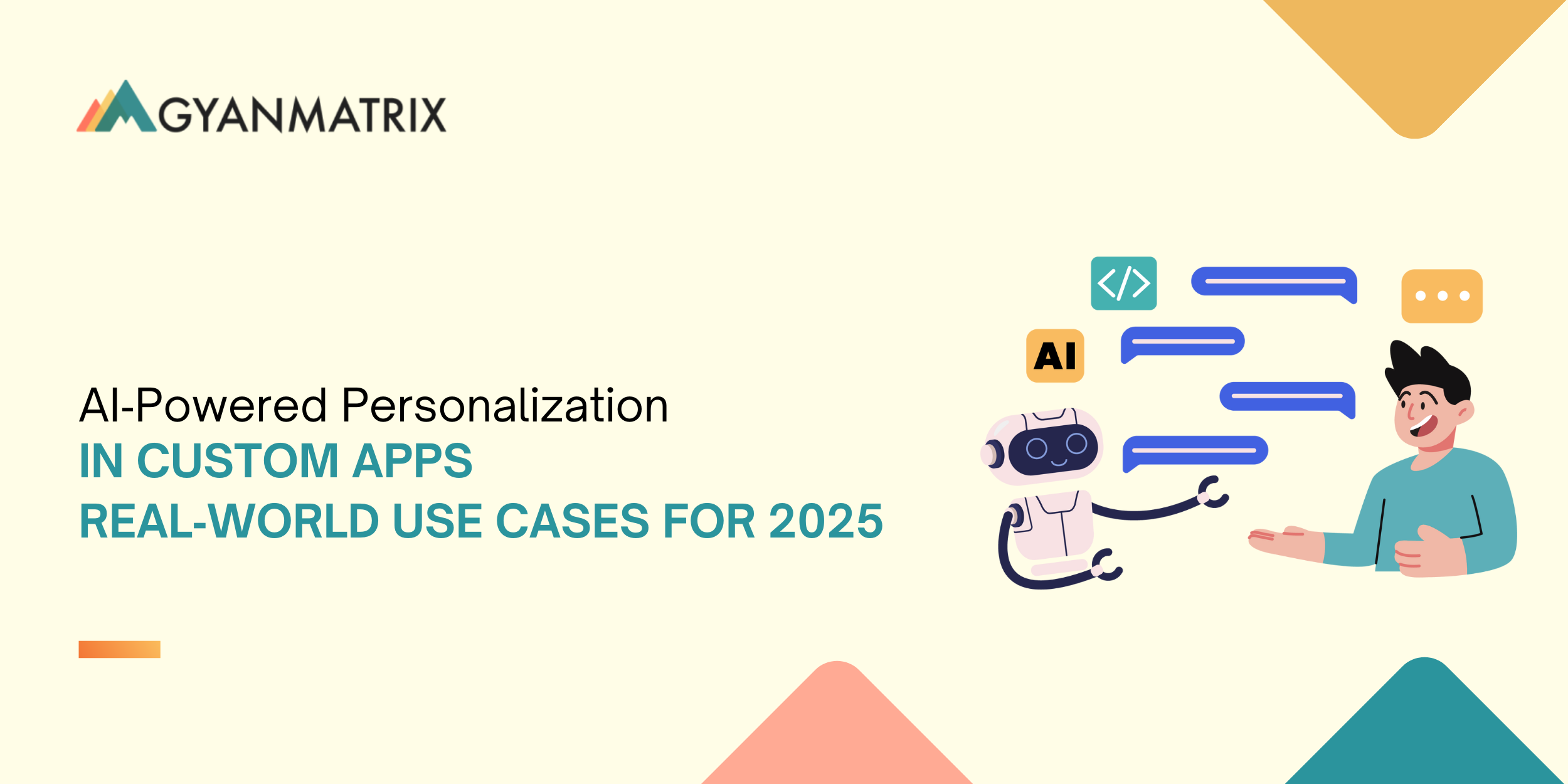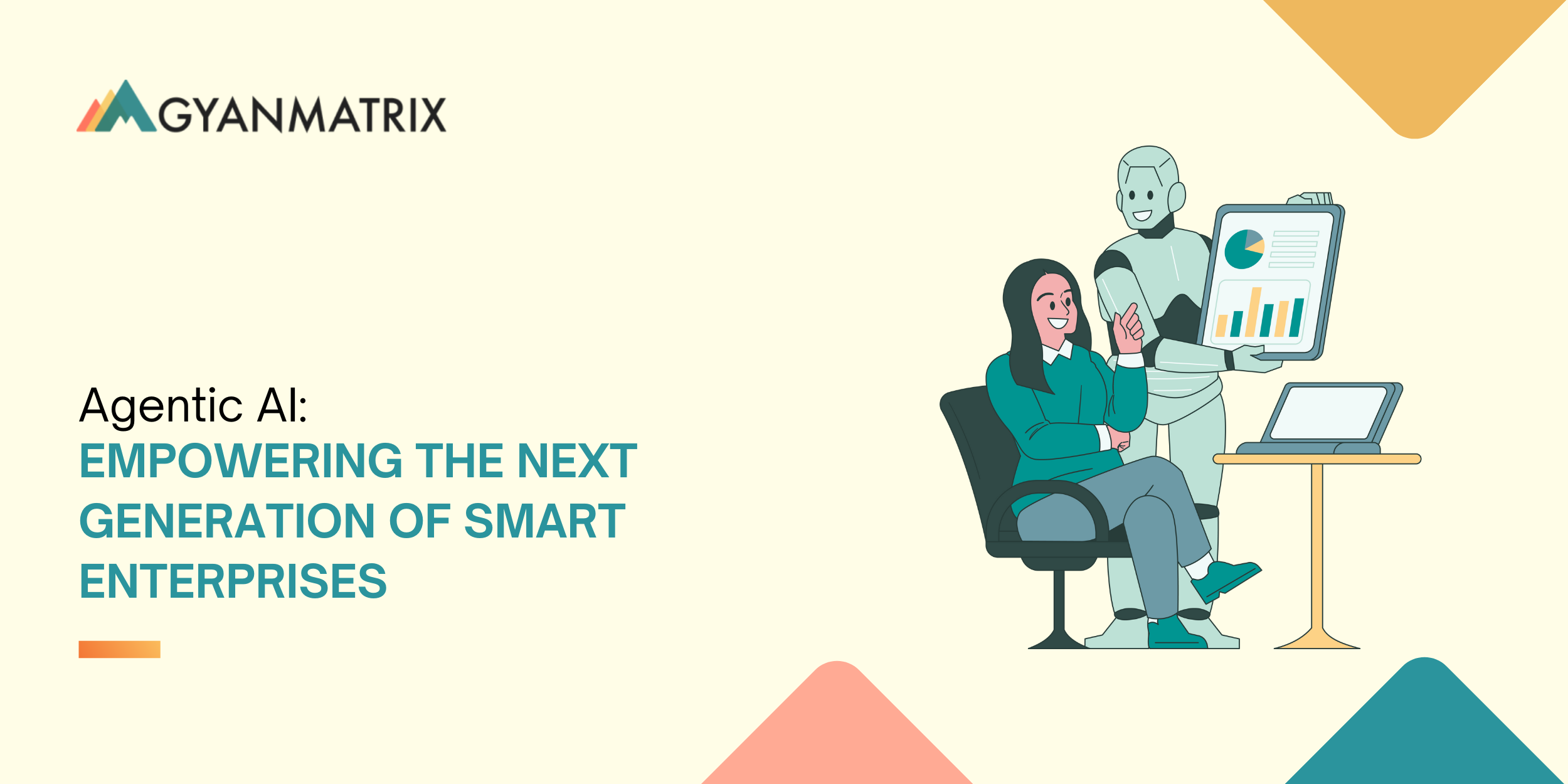From Legacy to Cloud-Native: A Roadmap for Digital Transformation
In today’s hyper-competitive digital world, businesses cannot afford to be slowed down by rigid, outdated legacy systems. While these systems once provided stability, they are now costly to maintain, difficult to scale, and unable to keep pace with customer expectations. To thrive in this era of agility, scalability, and rapid innovation, enterprises must embrace a cloud-native approach.
This blog explores the roadmap for moving from legacy to cloud-native and how organizations can successfully drive digital transformation.
Why Legacy Systems Are Holding Enterprises Back
Legacy IT systems, often built decades ago, are no longer suitable for today’s fast-paced business needs. The challenges they bring include:
- • High maintenance costs draining IT budgets
- • Limited scalability during seasonal or sudden demand spikes
- • Security vulnerabilities and compliance risks
- • Integration challenges with modern applications and platforms
- • Slower innovation cycles and longer time-to-market
To remain competitive, businesses need systems designed for the cloud era—flexible, secure, and future-ready.
The Cloud-Native Advantage
Cloud-native isn’t just about moving applications to the cloud—it’s about designing applications that are born for the cloud. Some key advantages include:
- •Agility & Speed – Faster releases with CI/CD pipelines
- •Scalability – On-demand resource allocation without downtime
- •Resilience – Microservices ensure failures are contained, not system-wide
- •Cost Efficiency – Pay-as-you-go and optimize workloads in real time
- •Innovation – Enable AI, IoT, and data-driven insights seamlessly
A Roadmap to Cloud-Native Transformation
Transforming legacy systems into cloud-native is not a “one-size-fits-all” journey. Here’s a proven roadmap:
1. Assess Current Systems
- • Evaluate existing infrastructure, applications, and dependencies.
- • Identify critical systems, redundant assets, and high-priority migration candidates.
2. Define a Migration Strategy
- • Lift-and-Shift: Move applications to the cloud with minimal changes.
- • Re-Platform: Make small modifications to leverage cloud benefits.
- • Refactor/Rebuild: Redesign apps into microservices for long-term agility.
3. Adopt Modern Architectures
- • Break monoliths into microservices.
- • Use containers (Docker, Kubernetes) for portability and scalability.
- • Leverage serverless computing for lightweight workloads.
4. Implement DevOps & Automation
- • Automate deployment, testing, and monitoring.
- • Use Infrastructure as Code (Terraform, Ansible) for consistency and efficiency.
5. Focus on Security & Governance
- • Build security into every stage with Zero Trust Architecture.
- • Define governance frameworks for compliance and cost optimization.
6. Continuous Monitoring & Optimization
• Leverage observability tools (Grafana, Prometheus, ELK).
- • Regularly monitor usage and optimize performance and costs.
The Business Impact of Cloud-Native
Enterprises that successfully leap to cloud-native experience:
- • Faster time-to-market with new features and products
- • Improved customer experience due to higher reliability
- • Increased agility to pivot quickly to market changes
- • Future readiness with AI, analytics, and advanced cloud capabilities
Conclusion
Migrating from legacy systems to cloud-native is more than a technical change—it’s a strategic transformation. By following a structured roadmap, enterprises can unlock agility, resilience, and innovation, ensuring long-term competitiveness in the digital era.
At GyanMatrix, we specialize in helping businesses design and execute successful cloud-native transformation journeys. From assessing legacy systems to implementing scalable, modern architectures, we are your trusted partner in digital evolution.
Ready to Transform Your Business?
Don’t let legacy systems hold back your growth. Partner with GyanMatrix to build a cloud-native future that drives agility, scalability, and innovation.
👉 Contact Us Today to start your digital transformation journey.
Cybersecurity in 2025: Strategies for Staying Ahead of AI-Powered Threats
In 2025, the cybersecurity landscape is more complex than ever. The rise of AI-powered ...
How Generative AI is Reshaping Custom Software Development
Generative AI has moved beyond the hype and is now becoming a transformational force in ...
From Legacy to Cloud-Native: A Roadmap for Digital Transformation
In today’s hyper-competitive digital world, businesses cannot afford to be slowed down by rigid, outdated ...
AI‑Powered Personalization in Custom Apps: Real‑World Use Cases for 2025
In today’s fast-moving digital landscape, personalization is no longer a luxury—it’s a user expectation. ...
Agentic AI: Empowering the Next Generation of Smart Enterprises
In today’s rapidly evolving digital world, organizations are no longer just competing on products or ...
Latest Trends Followed by Mobile App Development Companies in 2025
Introduction The mobile app development industry is evolving at lightning speed, driven by user demands, ...

